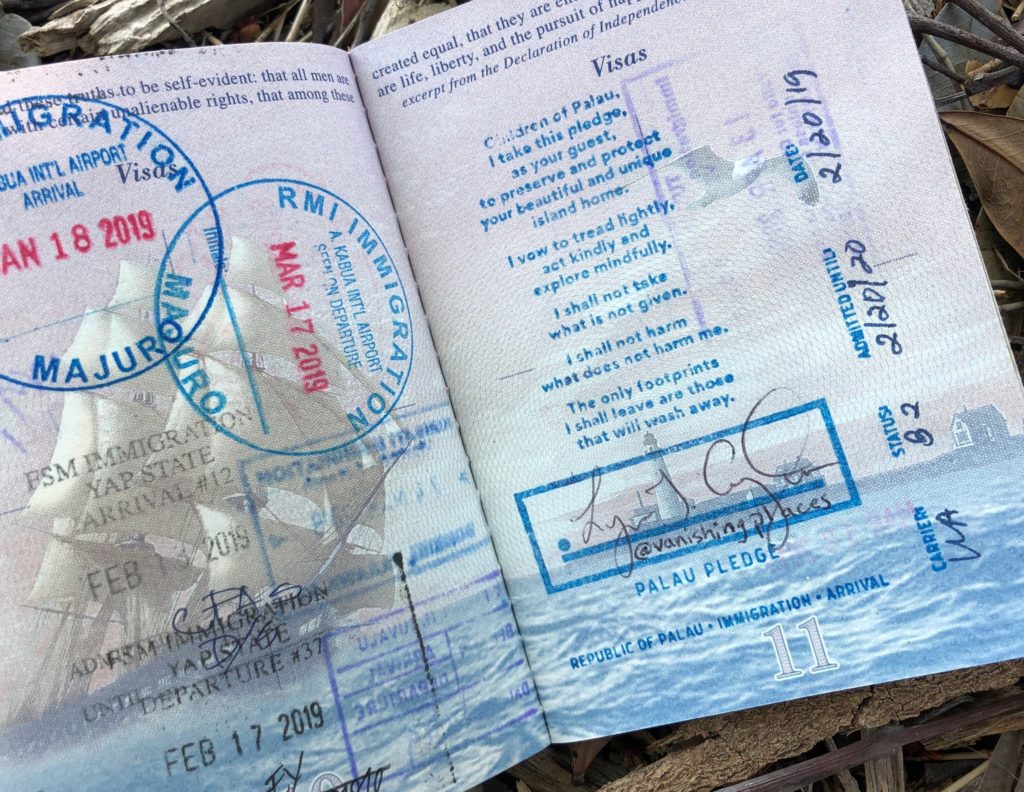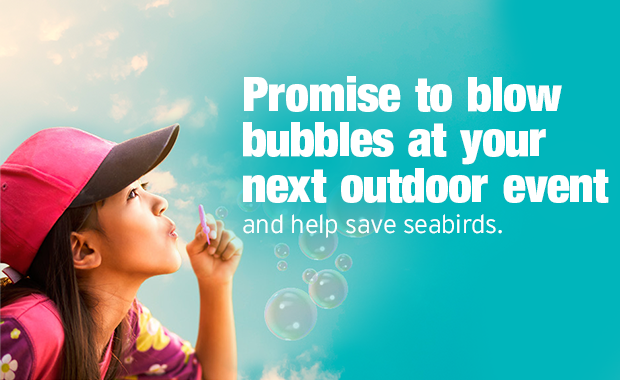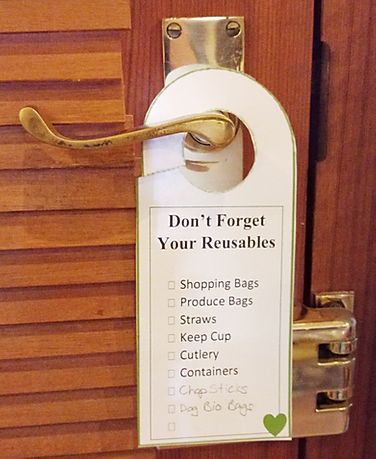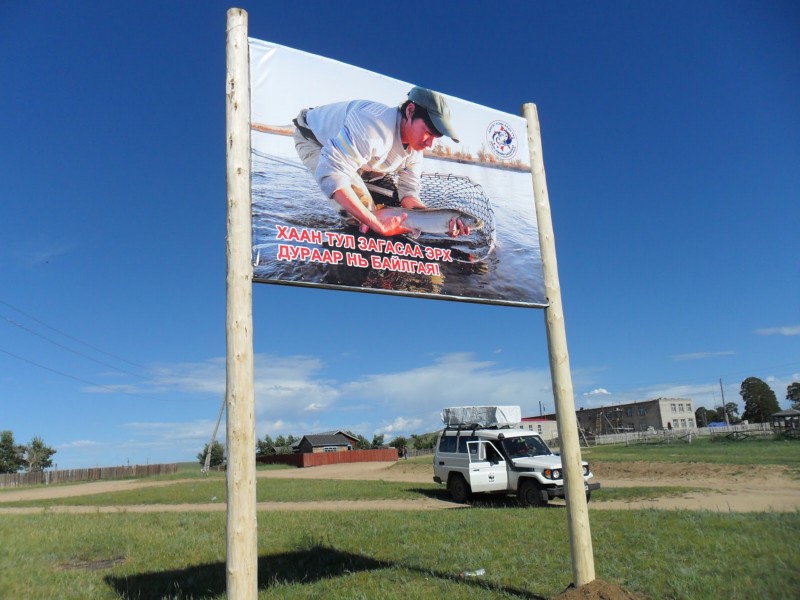
Ways to reach that ever-moving transient audience of tourists
Ways to reach that ever-moving transient audience of tourists
Readers who join my email list receive a 1-question survey in their ‘welcome’ email that asks:
“What is the biggest challenge you face with motivating audiences to take conservation and environment related actions?”
This series of articles respond to a selection of these challenges that I’m sure many can relate to. They’ll cover topics of: managing conflict when engaging audiences, reaching tourists as an audience (below), avoiding audience fatigue, balancing results and getting people to care more.
Want to get in on the ‘influencing article topics’ action? Then join the crew here.
Damn tourists!
Spoken as a fast-paced New Yorker nearly crashing into someone who has stopped short in the middle of the sidewalk to look up and admire a skyscraper’s architecture (also known as me, circa 2005).
This reader’s submitted challenge was stated much more diplomatically than my headline…
Challenge: Working with tourists to make conscious decisions regarding conservation
Whether you manage a popular tourism activities (i.e. whale watching), work to protect unique natural resources, or oversee a venue that mixes entertainment with education (i.e. zoos & aquariums), you have likely felt the frustration that comes with engaging this ever-moving (and abruptly stopping) transient audience of tourists and visitors.
Why it feels hard to engage tourists in conservation actions
The primary reason it’s hard to engage tourists is because we only have a brief, fleeting moment to capture their attention and ask them to do something before they’ve moved onto the next thing.
What makes it feel even harder are some assumptions we carry about tourists as a target audience.
Namely that tourists:
- Don’t want to hear about conservation topics when they’re on vacation and focused on personal enjoyment and relaxation.
- Have no inherent incentive to be stewards of local, natural resources since it’s not their home and/or not their problem.
- Are not informed about local norms and laws and don’t care about them either.
These assumptions might play out among some tourists, some of the time.
And when it does, I know it really sucks and it feels terribly demotivating.
But, I don’t believe they represent the majority of visitors, guests and tourists we encounter.
The opportunity
In fact, there’s a growing movement of tourists who are keeping sustainability, meaningful experiences, and local respect in mind.
The Pinterest 100 list highlights emerging trends based on search volume and growth seen on their site.
The 2020 list features an entire category of Responsible Travel, which showcases the following growth in Pinterest searches:
- 86% increase in tips for reducing one’s carbon footprint when traveling (including a 107% increase in train travel options).
- 73% increase in eco-friendly travel options and destinations (including a 38% increase in staycation ideas).
- 57% increase in agri-tourism trips where one can temporarily work on a farm or ranch.
- 125% increase in travel stories one gets to share after they return from an amazing experience.
- 253% increase in nature travel ideas (in the Re-wilding category).
Even though we may have been burnt by tourists and visitors in the past, increasingly we’ll be facing those who are more interested in having an amazing and sustainable experience they can brag about to others.
So, how can we grab their attention, deliver an amazing experience and motivate them to protect the planet while on vacation and when they go home?
Below are ideas from countries and venues using different approaches to encourage active involvement in conservation activities that we can adapt to our own programs.
Tactics to consider
Have visitors sign a pledge
A slew of destinations now encourage visitors to sign a pledge committing to respecting nature and following local laws and norms.
While pledges don’t often lead directly to a change of behavior, it plays an important role in highlighting behaviors expected of visitors and setting an intention that can be reinforced throughout the trip.
This article from the New York Times features a number of pledges you can look at for inspiration. (I like the Iceland one, especially the line “when nature calls, I won’t answer the call on nature”).

Capitalize on moments of awe and wonder
I’ve visited many nature and wildlife related venues that follow a story pattern of:
create a sense of awe >> then tell me how human activity is killing all this beauty >> then ask me to donate or do something.
Not only is this a buzz-kill that erases the awe and wonder I felt, but the doom & gloom approach turns me off from doing anything at all.
What if instead we tried a narrative of:
create a sense of awe >> followed by, this is how you can help create even more awe in the world! = pockets emptied & actions taken.
My point is, we shouldn’t shy away from asking audiences to do something more in these moments.
After a great experience, many people feel inspired to take an action that supports the mission, either while on vacation or when they go back home. They just need to know what they can do to help.
I like this example from Zoos Victoria. It’s a focused, achievable call-to-action that gives zoo visitors (no matter where they hail from) something they can do to help animals.

This capitalizes on a moment when people are feeling a sense of wonder by offering a sense of self-efficacy and empowerment to make a difference (that’s powerful stuff!)
Send them home with a reminder
Sometimes the action we need visitors to take happens back at home, after they’ve left the venue or country, and we know it’s highly likely they’ll forget the message by then.
In those cases we can send them home with a reminder to help them follow-through on their pledge.
Stickers, magnets, door hangers, t-shirts and keychains are great ways of keeping the memories and momentum going.

Create an opportunity for them to get involved
The growth in agri-tourism searches and the desire for unique travel stories indicates that visitors want to be immersed in experiences.
Consider if your venue or location can provide an opportunity for guests to get their hands dirty, and go beyond the traditional passive visitor role into a more active role.
It could be a win-win where you get additional volunteer capacity while they form a deeper connection with the mission. This can go a long way to grow vocal champions for your cause. (Check out how Bodhi Surf + Yoga is taking this approach in Costa Rica.)
If active involvement isn’t a good fit, then what about creating opportunities for visitors to simply “be” in nature?
Well-being is also a growing trend and spending time in nature is increasingly touted as a way to detox, get centered and relax. (I wrote more ideas on ways to do this here).
So, consider if you can offer the equivalent of a forest-bathing experience that simultaneously inspires actions to protect nature.
Demonstrate the norm
If there are problem areas where visitors routinely break rules and norms (by accident or on purpose), then using visual demonstrations of the expected behavior can help.
When I worked with WWF-Mongolia to shift local fishing behaviors towards catch-and-release, we put up billboards and posters that demonstrated the proper way to hold and release fish.

The target audience was fishers who lived and fished in the villages, yet we discovered that out-of-town visitors were picking up on the message as well.
We repeatedly heard stories from local restaurant owners who overhead visitors saying they can’t go fishing since keeping the fish “isn’t something they do here”.
As a social species, we tend to follow the actions and behaviors of others around us. If we show the expected behavior, then more people are likely to mimic it.
Worst case scenario – limit access
There may be times when all else fails and the Insta-famous, selfie culture can’t be beat with positive messages and engagement.
In those cases, the best bet may be to limit access on a temporary or full-time basis. We’ve seen this happen with:
- California’s poppy fields.
- Faroe Islands closing its attractions (yet bringing in ‘voluntourists’).
- Australia banning climbers on the Uluru natural landmark.
- And many others
Certainly, the goal is to reinforce appropriate norms and behaviors before it gets to the point where there’s no option but to close the gates.
The above tactics can help move the crowd in the right direction of being environmentally responsible while also enjoying their time off.
The two things don’t have to be mutually exclusive.


